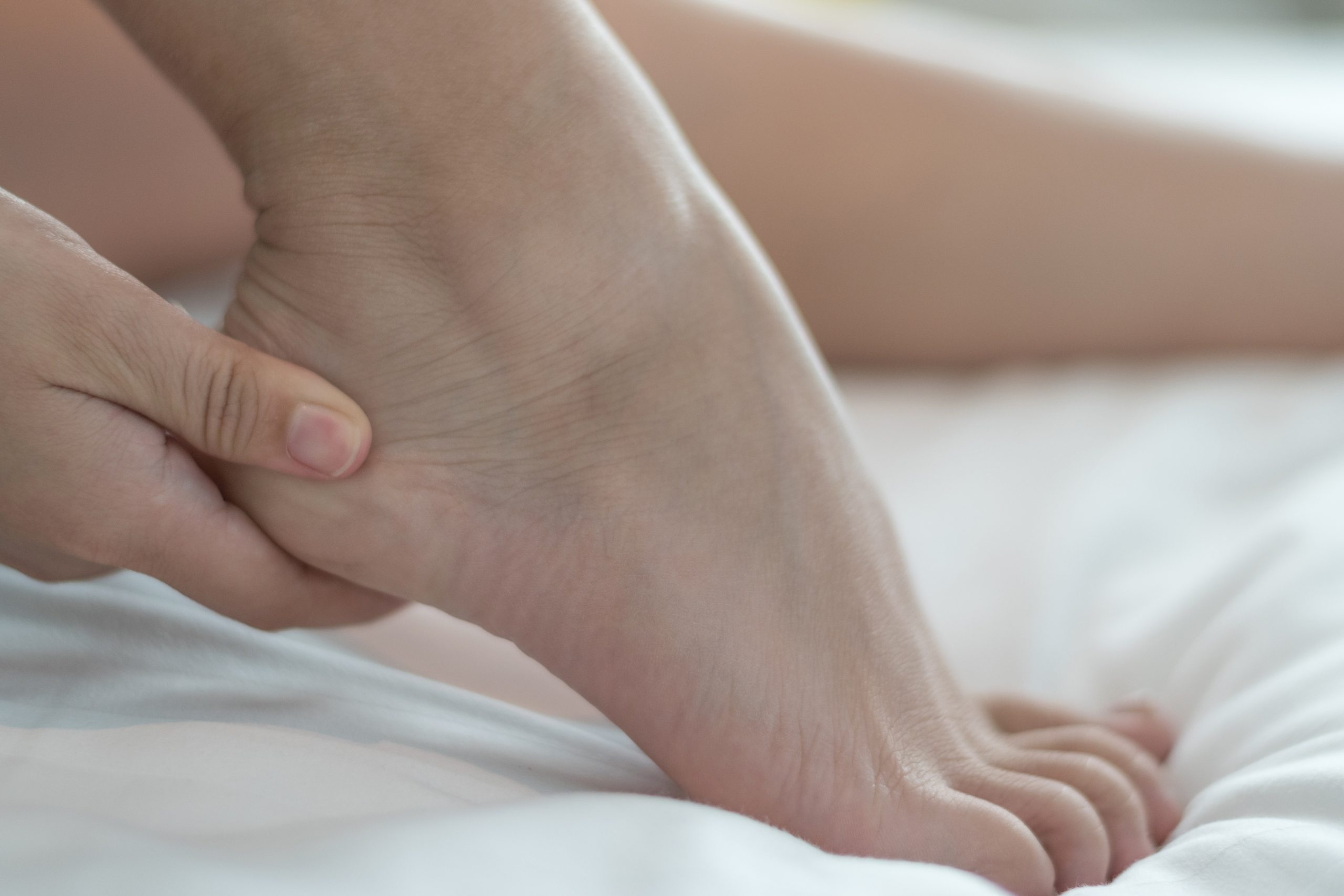Sever’s disease, despite its name, is not a disease. It is a growth abnormality that commonly affects children and adolescents. It is a period of life when physical changes and growth can be challenging to manage, leading to unpleasant or at least uncomfortable maturation. Although not life-threatening, this pathology is still burdensome. Fortunately, there are ways to alleviate it, such as wearing specially designed shoes.
What exactly is Sever’s disease?
Sever’s disease, also known as “calcaneal apophysitis,” is most common in children aged 8 to 14. It is distinguished by pain in one or both heels due to repeated pressure on this area. A sports session can cause swelling or irritation, burning or tightness, and difficulty putting the foot on the ground.
This pathology is not life-threatening but can be bothersome daily and cause issues during sports activities. The best solution is to see a podiatrist to confirm that it is Sever’s disease and to find a suitable treatment, such as wearing proper footwear.
Sever’s Disease: the disease of growing up too fast
Sever’s Disease is caused by an unsolidified apophysis, the growth plate of the bone located behind the heel. When the body is overworked, inflammation can occur, resulting in pain. This abnormality is caused primarily by growth, mainly when it occurs suddenly, such as a growth spurt.
Other factors, such as foot deformity, being overweight, poor posture, or wearing inappropriate shoes, can also cause Sever’s disease.
Choosing shoes for Sever’s Disease
A child suffering from Sever’s disease should wear shoes adapted to their situation. The emphasis is on the heel in this case. Flexible and comfortable shoes with the best possible cushioning are recommended for sports. Flat shoes should be avoided for daily walking because they do not absorb shock and may aggravate inflammation.
Treatment options for Sever’s Disease
Sever’s disease can be treated in a variety of ways. In addition to choosing the right shoes, podiatrists recommend inserting heel pads into the shoes to relieve the painful area.
Wearing custom-made foot orthoses is also an excellent option because they provide additional heel cushioning while maintaining and balancing the foot’s posture while active.
In general, the best way to treat Sever’s Disease is to rest the foot and avoid strenuous sports like running for several weeks until the heel recovers.
Get the appropriate shoes to relieve Sever’s Disease
As you can see, Sever’s disease has no treatment. However, while this pain, primarily caused by the growth spurt, subsides, resting the foot and wearing shoes with adequate heel cushioning is essential. These, along with foot orthoses, will help to alleviate the pain associated with this condition, allowing the patient to get through this phase more comfortably.
Is your child growing and experiencing heel pain? Make an appointment with a podiatrist at a FootNetwork clinic as soon as possible to get a precise diagnosis and the best treatment plan.

